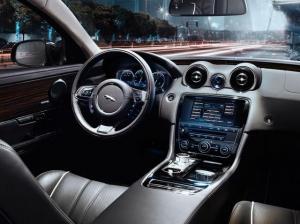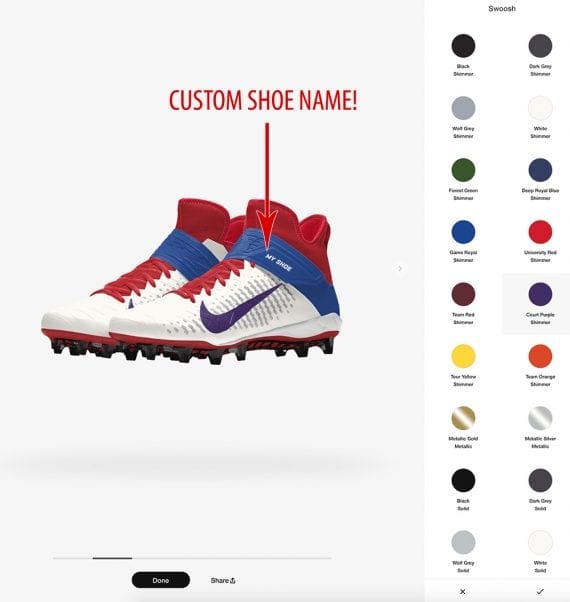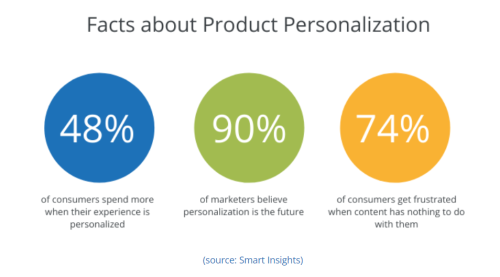
Honest by ad. A pioneering company launched in January 2012. The company is unique in communicating about the supply chain of its products and pricing.
Trust is a hard thing to come by these days whether between people or between people and brands. When the founders of a start-up build a brand from the ground-up or the executives of an established one are in modus operandi mode, taking a cautious approach to their brand image, in both scenarios, ought to be part of growing and preserving the business with a constant eye on the future.
Sadly, nonsense, and plenty of it from ubiquitous brands, is probably the best noun to describe what consumers are offered by many companies selling their products and services to them. Whether it is advertising, package labeling or an overstated pitch by their sales staff, the information presented may be deliberately misleading. With some brands, it is the tiny print in disclosure statements which defeat what is promised in larger and bold advertising headings. The majority of consumers do not read small footnotes. Think of the worst offenders of this practice: the cellular phone/telecommunication providers, insurance companies, credit card providers, as well as the automobile manufacturer promotional offers and pharmaceutical advertisements – to name a few.
Deception concealed as sincerity: How to chip away at your brand
The key to a successful business growth, along with reputation, is truth in advertising, delivering on promises made, avoiding deceit – and marketing the brand, not the product. Contrary to popular belief, a brand is not a logo, label or product but rather a relationship with customers. It is a promise. Branding, when carefully executed, adds value to a company including brand equity. This is considered intangible brand value. By applying a short-term revenue and profit strategy at the expense of long-term negative consequences, a business’s brand reputation will ultimately lose its luster.
In the 2015 Harris Poll Reputation Quotient®, published the reputations of the 100 most visible companies among the U.S. general public. What appears on the top five, among other notable brands as consumers perceive them, are Wegmans Food Markets, Amazon, Samsung, Costco and Johnson & Johnson respectively.
Consumers have high and explicit expectations from brands, thus anticipate what the brand promises via its marketing material and/or what is stated on the product packaging. What a brand actually delivers and how it behaves in the process is what consumers get to feel.
A brand which utilizes short-term sales and marketing tactics for quick short-term gain fails financially in the long-term by acting in an ethical way. As marketing maven Seth Godin rightfully proclaims, “In virtually every industry, the most trusted brand is the most profitable.” As with our personal lives, trust with branding is based on what one does, not what one says.
Boosting sales and market share via misleading and deceptive tactics
According to a 2013 Harris Poll, regarding the most and least trusted industries, the advertising industry was near the bottom of the list when rated up against many other business sectors. Seemingly, truth in advertising is a misnomer. Misleading and deceptive advertising by many marketing and branding executives, give the entire industry a negative perception.
The food processing domain is no more honest with labels that claim to be healthy but without support with any concrete scientific facts. Food companies tout their devious label claims of organic, nutritious etc. – although an absurd amount of sugar and/or sodium is present in the ingredients along with unnatural artificial ingredients). Kelloggs even went as far as having to be ordered, by the courts, to discontinue all Rice Krispies dubious advertising which claimed to boost a child’s immunity system.
Then there is the “premium” orange juice from popular brands such as Tropicana, Simply Orange and others which are highly processed, and usually stored for several months before reaching consumers at the supermarket fridge aisles. This processing method is used to retain the juice from spoiling. However, during that process, it also strips the flavour which is injected back into the product, once it finally gets packaged, to give the juice its original orange flavour. Not surprisingly, the orange juice producers do not make any reference to this anywhere.
Informative and authentic eye-opener documentaries such as Food Inc. and Tapped have upped the ante in terms of the exposure shared with the public to what is wrong with the food processing/food chain and water bottling sectors respectively. Moreover, the GMO debate with the exceptionally well-connected and deep pocketed Monsanto (the St. Louis-based biotech giant and world’s biggest seed seller) will not be going away any time soon.
Other industries notorious for deceit are banks and cellphone/telecommunication companies with their hidden fees. These blatant revenue generators are sales at any cost – short-term gains, of course. These companies guilty of gouging seem to be testing the limits with consumers – as if the latter are ignorant. Those absurd fees evidently enrage the culprits’ customers.
Employees reflect the brand
First and foremost, trust begins with company employees. If they are well trained and treated with respect and transparency, the employees will trust their employer and radiate their enthusiasm, as well as loyalty to their customers by going the extra mile.
Along with a brand being a valuable asset for any business, people also fit into the equation as an important asset. This is where hiring the right people, on-boarding them, training them adequately and empowering them all create a positive impact on customer satisfaction.
Many brands are myopic to the point that they unintentionally and unknowingly allow their dissatisfied customers to go away without a thought. Front-line staff is either not trained properly and/or lacks the proper attitude to handle clientele appropriately.
During the industrial era, consumers would simply purchase what was produced, shopping where that product was available and paying the price the retailer demanded. In essence, the manufacturer and the store were in position of strength. As products and consumers have changed over the years, the concept of ‘brand loyalty’ and ‘consumer insight’ came about. As we progressed into the new millennium, the transparency and unrestricted information available on the internet has changed all of that. Today consumers are not only better informed but they are also in control. They can make or break a brand through their actions. So what does this say about listening – and acting?
Consumers will no longer refrain from informing companies on what may have gone wrong ─ whether it’s a particular brand or a competitor’s. With the numerous platforms for consumers to make their voices heard online, brands have to be very reactive and not allow anything to chance. In an age when the consumer’s outcries and influences spread quickly, the results can signify lost sales and a deterioration of brand loyalty.

When all is said and done
Building and nurturing a brand is what makes an enterprise gather wind under its wings. Common intelligence dictates that the way a customer is dealt with reflects on the integrity of the brand, and the image of the company in the mind of the consumer.
A “Brand” is a promise of something that will be delivered by a business. This promise comes in a form of quality, an experience and a certain expectation in the mind of the consumer. It includes the Unique Selling Proposition (USP). Marketing, on the other hand, is about spreading compelling messages to your target audience while branding is a combination of words and action. Marketing is extroverted and communicates quickly, while branding is introverted and a slow process if it’s to produce any real impact. Effective marketing activities are vital in developing a brand. When combined successfully, branding and marketing create and promote value, trust, loyalty and confidence in a company’s image, products and services.
According to an Edelman’s Trust Barometer, it was revealed that 77% of respondents refused to buy products from companies they distrusted. More disturbing is that 72% said they had criticized a distrusted company to a friend or colleague.
When customers are treated with honesty and delighted by a particular brand experience, they begin to bond emotionally with the brand. They become brand loyalists and advocates – buying the brand more often and recommending it to others. This behavior serves to build the brand’s reputation. This approach is priceless –even though it may take longer to take positive effect.
___________________________________________________
Request your TWO FREE chapters of this popular book with no obligation.


















































































































